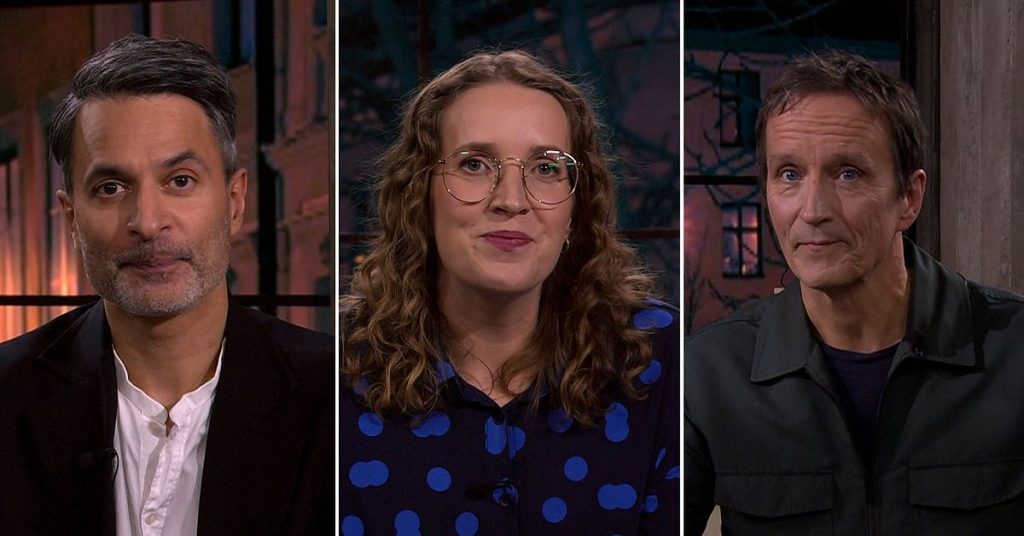Swedish cultural news program Kulturnyheterna’s critics have compiled their top ten television series of the year. While the specific series aren’t listed in the provided prompt, this offers an opportunity to explore the broader context of such lists and their significance within the television landscape. These ”best-of” lists serve multiple functions: they act as guides for viewers seeking high-quality programming, they spark discussion and debate about artistic merit, and they provide a snapshot of the current trends and themes dominating the television industry. Ultimately, they reflect the evolving nature of television as a medium and its increasing prominence in contemporary culture.
One crucial aspect of these curated lists is their ability to bring attention to lesser-known gems. While popular streaming platforms often highlight mainstream productions, Kulturnyheterna’s selection likely includes a mix of both internationally recognized series and hidden treasures from various countries, potentially showcasing productions with limited marketing budgets or airing on smaller networks. This exposure can introduce viewers to diverse narratives, filmmaking styles, and cultural perspectives, enriching their viewing experience beyond the typical algorithm-driven recommendations. The list, therefore, becomes a valuable resource for discovering high-quality content that might otherwise be overlooked.
Furthermore, the process of selecting the “best” series inherently involves subjective judgment. Each critic brings their own unique perspective, informed by their personal preferences, critical frameworks, and understanding of the television medium. While some might prioritize innovative storytelling, others may focus on technical achievements, character development, or social commentary. This diversity of opinion is reflected in the final selection, leading to a more nuanced and representative overview of the year’s television landscape. The list sparks conversation and debate, encouraging viewers to engage critically with the chosen series and formulate their own opinions.
The criteria used for selection also reveal much about the current state of television production. Factors like writing quality, acting performances, directing, cinematography, and overall production value are likely to be considered. Beyond these technical aspects, the themes explored, the cultural relevance of the narratives, and the impact of the series on the broader cultural conversation also play a role. By analyzing the chosen series, one can gain insights into the prevailing trends and concerns of the current television landscape, identifying recurring themes, innovative approaches to storytelling, and the evolution of the medium itself.
The annual nature of these lists allows for a fascinating retrospective analysis of the evolution of television over time. By comparing lists from different years, we can observe shifts in genre popularity, changes in production styles, and the emergence of new platforms and distribution models. These lists become historical markers, documenting the trajectory of television as it adapts to technological advancements, changing audience preferences, and the ever-evolving cultural landscape. They offer a glimpse into the past, present, and potential future of the medium.
Finally, the inclusion of television series in cultural news programs like Kulturnyheterna signifies the growing recognition of television as a legitimate art form. No longer viewed as mere entertainment, television is increasingly appreciated for its ability to tell complex stories, explore profound themes, and reflect the complexities of the human experience. These ”best-of” lists contribute to this elevation of television by treating it with the same critical rigor and appreciation afforded to other art forms like film, literature, and theatre. They contribute to a broader cultural discourse that recognizes the artistic merit and cultural significance of television in the 21st century.














